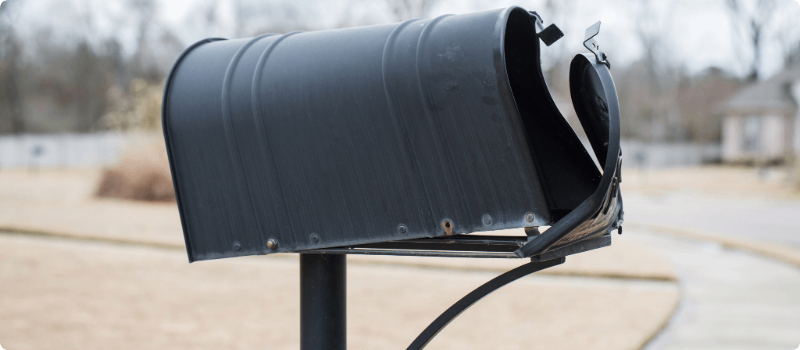Does Homeowners Insurance Cover Vandalism?
Updated April 2, 2024 . AmFam Team
You might be aware of the most common ways your homeowners insurance may help protect you. Fire damage, burglary, windstorm, hail and liability are just a few common scenarios where your policy may help cover resulting damages.
However, do you know that your policy may also cover vandalism? From broken lights to a smashed-in mailbox, let’s take a closer look at how your home insurance may help financially protect you from vandalism.

What is vandalism?
Simply put, the definition of vandalism is purposefully destroying or defacing someone’s property without their consent. It’s done in many ways — anything from smashing light fixtures to egging someone’s home. Basically, if someone intentionally does something to damage your property without your approval, it qualifies as vandalism.
Common acts of vandalism to the home include:
- Spray painting, painting or drawing on the home
- Breaking outdoor lights or windows
- Slashing tires
- Egging your home
- Tampering with plumbing
- Cutting trees or bushes without permission
- Arson
- Gluing locks
- Salting or destroying your lawn

Is vandalism covered under your home insurance policy?
Your home is your sanctuary, and if someone were to invade your space with an act of vandalism, why should you be left responsible for the resulting damages? That’s why most homeowners insurance policies include coverage for acts of vandalism.

Do you need vacant home insurance?
Vandals love vacant homes and often target them. While most homeowner policies have provisions removing coverage for vandalism after a home has been vacant for 30 days (60 days in some states), many companies will cancel coverage as soon as they become aware that a home is vacant. If your home will be vacant, talk to your agent about the length of time it will be vacant and what measures you will be taking to secure it. Your agent may need to acquire vacant home coverage from a specialty insurance carrier while you're away.

What should you do if your home has been vandalized?
If you’ve been a victim of home vandalism, follow the steps below to ensure you get the most out of filing an insurance claim.
- Call the police and file a detailed police report. This report will be vital to your insurance claim because it's an extensive account of the damages that occurred.
- Take pictures of the crime scene for evidence.
- You can try to minimize the damage, like boarding up a broken window, but don’t make any repairs before your claims adjuster assesses your house.
- Call your insurance company to file a claim. Make sure you have all the important documentation ready to support your claim — photos, videos and an inventory of anything destroyed will be helpful.
While it’s tough to prepare for an act of vandalism, getting the right homeowners insurance can help ensure you have the proper coverages in place. Connect with your American Family Insurance agent, who can help you protect your home from the unexpected.
This is for informational purposes only, is not part of your policy, and is not a promise or guarantee of coverage. If there is any conflict between this information and your policy, the provisions of the policy will prevail. Insurance policy terms and conditions may apply. Exclusions may apply to policies, endorsements, or riders. Coverage may vary by state and may be subject to change. Some products are not available in every state. Please read your policy and contact your agent for assistance.

